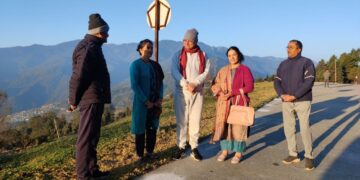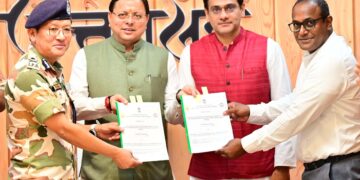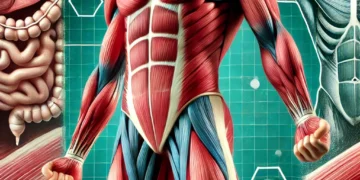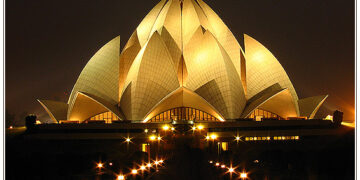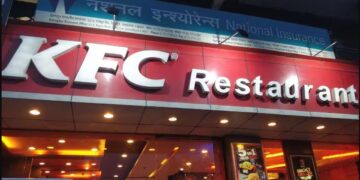India’s festivals are an integral part of its rich cultural heritage, each celebrating religious, seasonal, or historical significance. If you’re planning to visit or experience India, here are the top 10 festivals that offer a unique glimpse into the country’s diverse traditions. Let’s delve into each festival with more detailed highlights and insights.
1. Diwali – The Festival of Lights

Diwali, or Deepavali, is one of the most significant festivals in Hinduism. Celebrated for five days, it signifies the return of Lord Rama to Ayodhya after his 14-year exile and victory over Ravana.
Diwali symbolizes the victory of light over darkness and good over evil. Diwali usually falls in October or November and is marked by lighting oil lamps (diyas), bursting firecrackers, and worshipping Goddess Lakshmi, the goddess of wealth and prosperity. Homes are adorned with rangolis, and sweets are exchanged among families and friends.
Highlights:
- Day 1 (Dhanteras): Start of Diwali with shopping for gold, silver, and utensils.
- Day 2 (Choti Diwali): Preparations for the main Diwali night.
- Day 3 (Main Diwali): Homes are lit up with oil lamps (diyas), people worship Goddess Lakshmi, and exchange sweets.
- Day 4 (Govardhan Puja): Celebration of Lord Krishna’s victory over Indra.
- Day 5 (Bhai Dooj): A day dedicated to the bond between brothers and sisters.
Additional Activities:
- Bursting of fireworks and crackers
- Decorating homes with rangolis
- Large community gatherings and feasts
2. Holi – The Festival of Colors
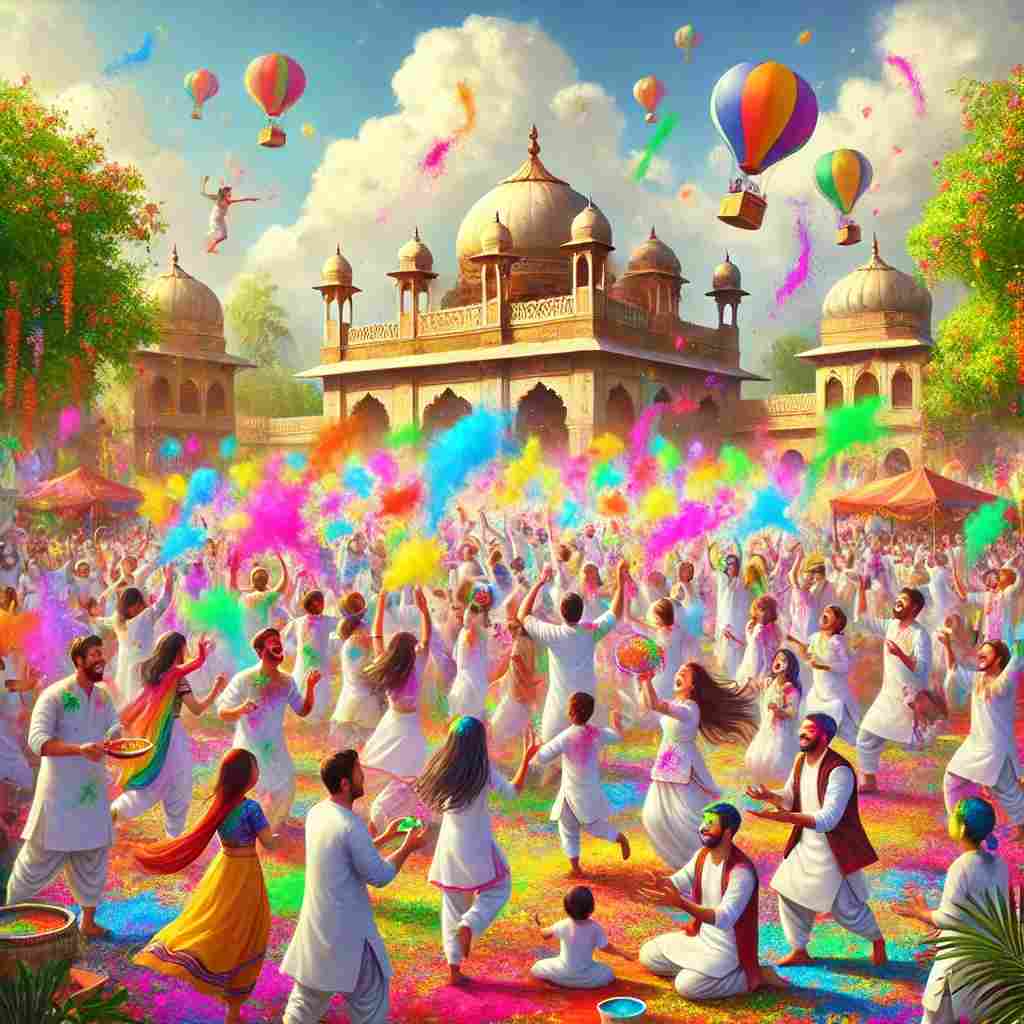
Holi is one of the most fun-filled and energetic festivals in India. Celebrated in March, Holi marks the arrival of spring and is associated with the legend of Prahlad and Holika. People smear each other with colors, dance to the rhythm of drums, and enjoy traditional sweets like gujiya and thandai.`
Highlights:
- Holika Dahan (Night Before Holi): Bonfire symbolizing the burning of the demoness Holika.
- Rangwali Holi (Main Day): Smearing each other with powdered colors, water fights, and dancing to traditional beats.
Additional Activities:
- Special Dishes: Gujiya, thandai (a spiced milk beverage), and malpua.
- Traditional Songs and Dance: People come together to sing folk songs and play drums (dhol).
- Lathmar Holi: A unique variation in Barsana where women playfully hit men with sticks (lathis).
3. Navratri – Nine Nights of Devotion

Navratri is a nine-night festival dedicated to Goddess Durga, celebrating her different forms. It usually takes place in September or October, leading up to Dussehra. Devotees fast, participate in traditional dances like Garba and Dandiya, and worship the goddess..
Highlights:
- Garba Nights: People dressed in colorful traditional attire perform Garba and Dandiya Raas in large gatherings.
- Durga Puja: Especially in West Bengal, elaborate pandals (decorative structures) are created for the goddess.
- Auspicious Fasting: Many devotees observe fasting during Navratri, eating only specific foods like fruits and milk-based dishes.
Additional Activities:
- Ayudha Puja: Celebration of tools and implements in South India.
- Kanya Pujan: On the eighth or ninth day, young girls are worshiped as an embodiment of Goddess Durga.
4. Durga Puja – The Festival of Worship and Art

Durga Puja is the grandest festival in West Bengal, commemorating the victory of Goddess Durga over the demon Mahishasura. It lasts for five days in October, with magnificent pandals (temporary structures) showcasing intricate idols of Durga. It’s a visual spectacle of art, culture, and devotion.
Highlights:
- Artistic Pandals: Huge, themed pandals with stunning Durga idols are set up across cities.
- Sindoor Khela: Married women smear each other with vermilion on the final day of the festival.
- Processions: The immersion of Durga idols in rivers or seas is a grand spectacle involving music, dancing, and huge crowds.
Additional Activities:
- Cultural Programs: Traditional dance dramas, songs, and recitations held around pandals.
- Bengali Cuisine: The festival is known for its mouth-watering feasts, including fish delicacies and sweets like rasgulla.
5. Eid al-Fitr – The Festival of Breaking Fast

Eid al-Fitr is one of the major festivals celebrated by Muslims in India and around the world. Marking the end of Ramadan, the holy month of fasting, this festival is all about sharing, giving, and feasting. Special prayers, zakat (charity), and festive meals like biryani and sweets such as sheer khurma are part of the celebration
Highlights:
- Special Prayers: Muslims gather for community prayers at mosques and special Eidgah grounds.
- Charity (Zakat): An essential aspect of Eid is giving to the needy through zakat.
- Festive Feasting: Traditional dishes like biryani, kebabs, and sweet dishes like sheer khurma are shared.
Additional Activities:
- Family Gatherings: Families come together to celebrate with feasts and exchange gifts.
- New Clothes: Wearing new clothes on Eid is a part of the celebration, signifying renewal and joy.
6. Ganesh Chaturthi

Ganesh Chaturthi, celebrated in August or September, marks the birth of Lord Ganesha, the elephant-headed god of wisdom and prosperity. Colorful processions and the installation of Ganesha idols in homes and pandals are the central features of this festival.
Highlights:
- Idol Installations: Colorful Ganesha idols are placed in homes and pandals for daily prayers.
- Visarjan Procession: On the final day, the idols are taken in massive processions to be immersed in rivers, lakes, or the sea.
Additional Activities:
- Traditional Songs and Aarti: Devotees sing devotional songs and perform rituals every morning and evening.
- Sweet Offerings: Modak, a sweet dumpling, is offered as it is believed to be Lord Ganesha’s favorite.
7. Onam – Kerala’s Harvest Festival

Onam is a traditional 10-day harvest festival celebrated in Kerala, usually in August or September. It commemorates the homecoming of the legendary King Mahabali. The festival includes grand feasts (Onasadya), snake boat races, and traditional dances.
Highlights:
- Onasadya Feast: A traditional meal served on banana leaves with 26 different dishes.
- Pookalam Competitions: Intricate flower designs (pookalam) are created in front of homes.
- Vallam Kali: Spectacular boat races known as Vallam Kali are held on Kerala’s backwaters.
Additional Activities:
- Onakkalikal: Traditional games like tug-of-war, boat races, and martial arts performances.
- Thiruvathirakali Dance: Women in Kerala perform the traditional dance to celebrate Onam.
8. Raksha Bandhan – The Festival of Sibling Bond

Raksha Bandhan celebrates the bond between brothers and sisters. Sisters tie a sacred thread (rakhi) on their brothers’ wrists, symbolizing love and protection, and brothers vow to protect their sisters. It is celebrated across the country in August.
Highlights:
- Rakhi Ceremony: Sisters tie rakhis on their brothers, and brothers give gifts in return.
- Special Family Meals: Families come together for festive meals and exchange sweets.
Additional Activities:
- Gifts and Traditions: Siblings exchange gifts, and the day is celebrated with much affection and care.
- Regional Variations: In Rajasthan, Raksha Bandhan includes the celebration of a bond between the Rajputs and their protectors.
9. Christmas – Celebrating the Birth of Christ

Christmas in India is celebrated with much enthusiasm, especially in states with a large Christian population such as Goa, Kerala, and the northeastern states. Midnight masses, carols, and festive decorations create a joyous atmosphere.
Highlights:
- Midnight Mass: Attending mass on Christmas Eve is a key ritual.
- Festive Decorations: Christmas trees, lights, and stars adorn homes, churches, and streets.
- Christmas Feasts: Traditional dishes like roast turkey, plum cake, and wine are shared.
Additional Activities:
- Carol Singing: Groups go door-to-door singing Christmas carols.
- Christmas Markets: Popular in Goa and major cities, offering a festive shopping experience.
10. Pongal – The Tamil Harvest Festival

Pongal is a major harvest festival in Tamil Nadu, celebrated in mid-January. It is a four-day event that thanks the Sun God for a bountiful harvest. People prepare the traditional dish “Pongal” (rice boiled with milk and jaggery) and decorate their homes with kolams (rangoli designs).
Highlights:
- Pongal Dish: The dish “Pongal” is made by boiling rice, milk, and jaggery.
- Bhogi Festival: The first day is Bhogi, where old belongings are discarded to mark a fresh start.
- Mattu Pongal: The third day is dedicated to cattle worship, especially cows.
Additional Activities:
- Kolam Designs: Intricate rangoli patterns are drawn at home entrances.
- Jallikattu: The traditional bull-taming sport held in Tamil Nadu.









